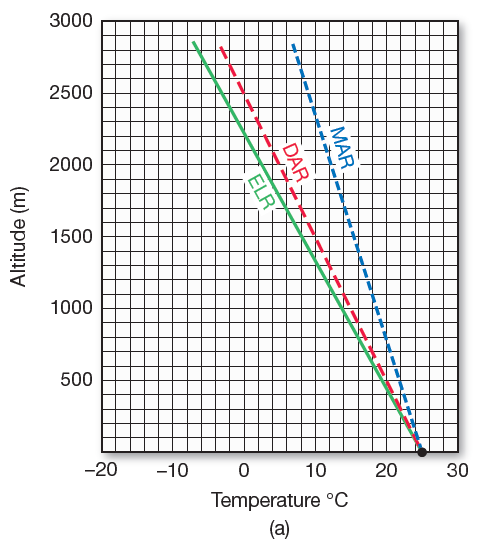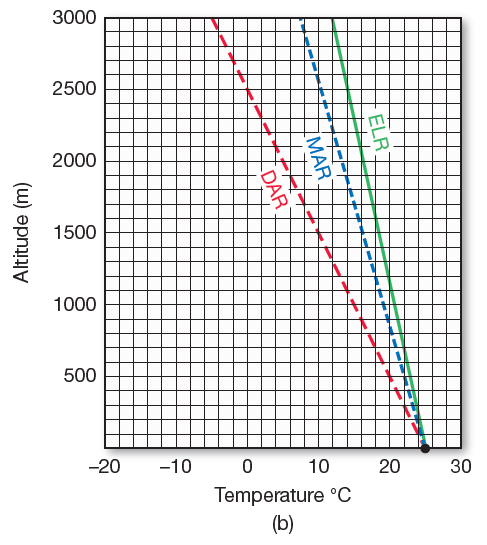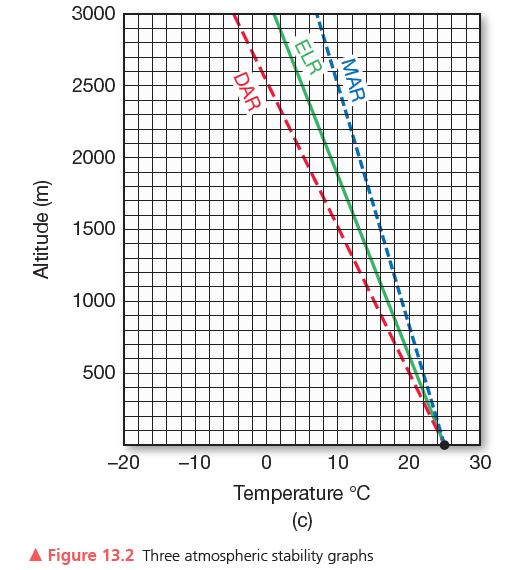A critically important part of the hydrologic cycle is the transpiration of water through plants into the atmosphere. This water has traveled from the roots up to the top leaves and then moves out as water vapor
In the case of some plants, such as redwood trees, this can be a distance of hundreds of feet. Explain how it is that water can move up naturally, when forces of gravity might make one think that this is impossible.
What will be an ideal response
The forces of attraction between water molecules allow liquid water to adhere to a solid surface. This enables narrow columns of liquid water to move up through small vessels inside of plants to the top of the plant, in a process called capillary action.
You might also like to view...
Which has stronger attractions among its submicroscopic particles: a solid at 25°C or a gas at 25°C?
A. The attractions among the submicroscopic particles of the solid are much stronger-so much stronger that they hold the particles of the solid absolutely still. B. The temperatures of these two materials are the same, which means that the attractions among their submicroscopic particles are also of the same strength. C. The attractions among the submicroscopic particles of the solid must be stronger than the attractions among the particles of the gas. D. The submicroscopic particles of the gas are moving faster. This means that they have more energy, which means that the attractions among them must be stronger.
Viticulture refers to the growing of what crop?
A) kiwi fruit B) cut flowers C) tomatoes D) grapes E) apples
Using Figure 13.1 and your graphs in Figure 13.2, note the relationship between the environmental lapse rates on each graph you made and the DAR and MAR. Determine which stability condition describes each of the three graphs you have completed. Hint: Compare each ELR plotted with the relations in Figure 13.2.



Stability graph (a)
Stability graph (b)
Stability graph (c)
All minerals are compounds
Indicate whether the statement is true or false